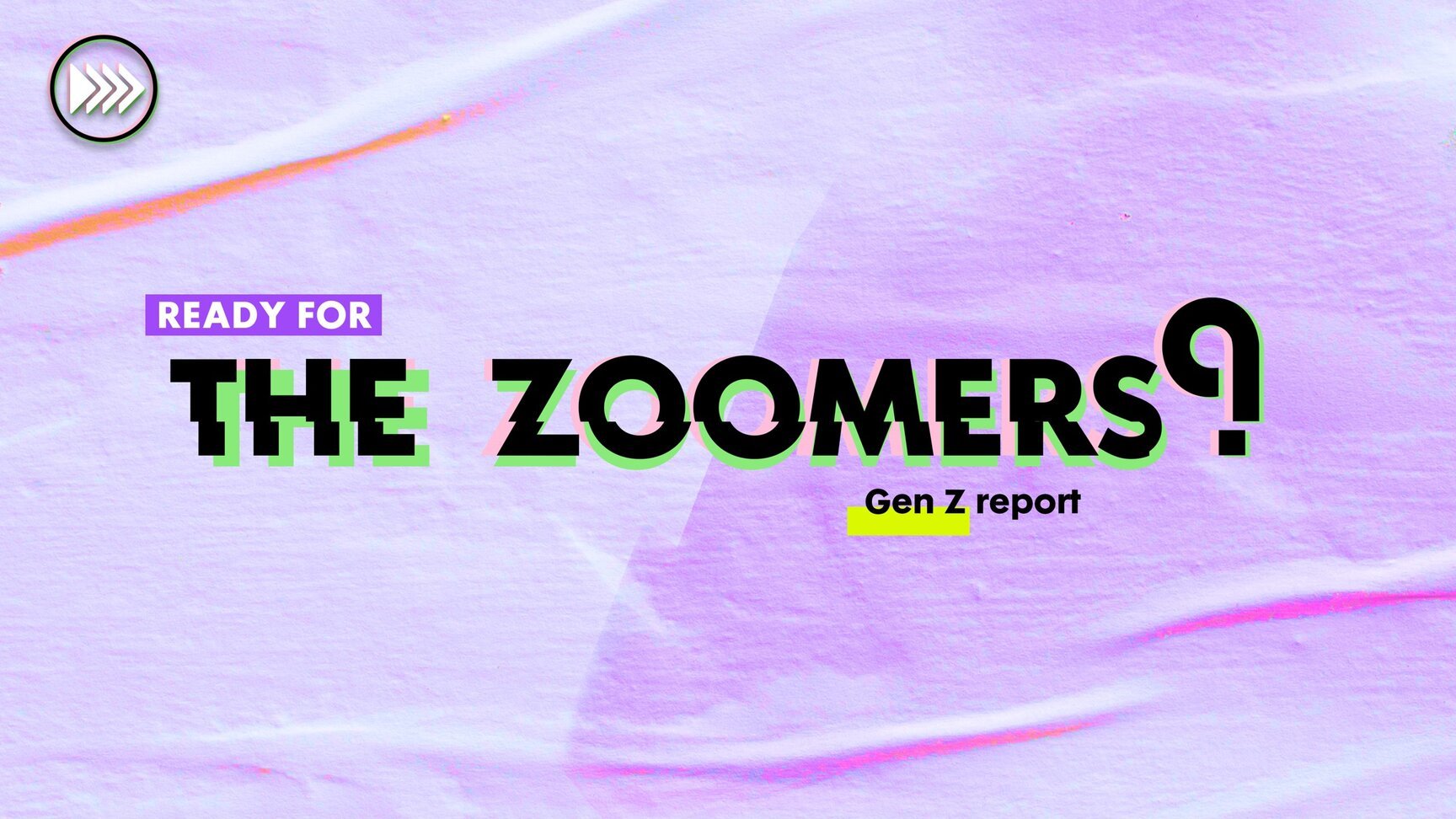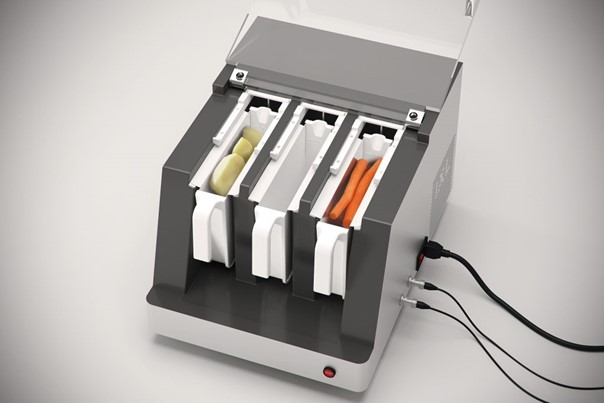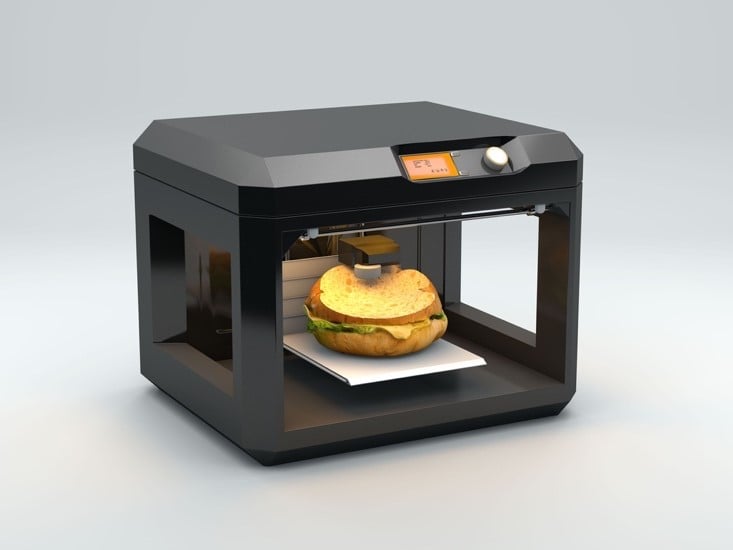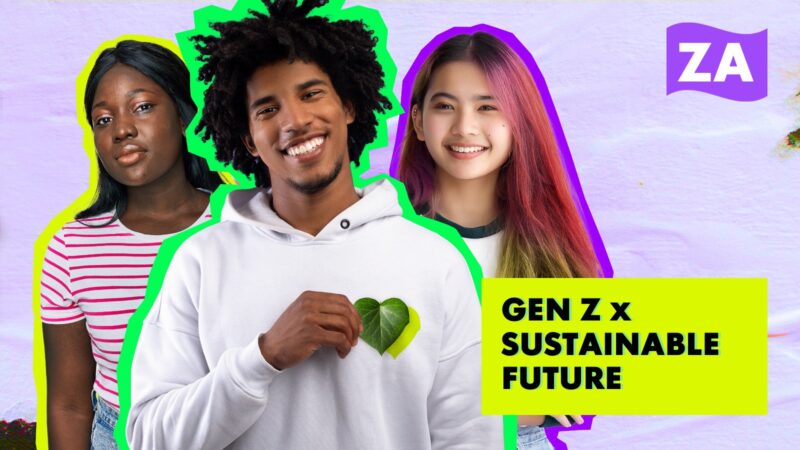IKEA concept kitchen
The IKEA concept kitchen is a nice starting point which offers solutions to future problems, needs and wants. This concept has been developed based on ample market research. Despite the fact that this is a test concept/ idea, it is definitely interesting to check out the general results of this survey. Both social trends & issues and design & innovation are impacting the product’s development. The concept’s vision is the following:
“Spending more time with one another, which will be a priority in society in 2040. Seamlessly integrated technologies interacting intelligently with users, where devices monitor and anticipate our physical, emotional and mental needs for a healthier and happier state of being.”
The next generations of consumers will gather in the kitchen where a tasty meal will magically appear on the table, rapidly and efficiently, with the help of highly technological developments. The kitchen will not do the thinking for us but it will think together with us, so claims IKEA. After all it is typical for the next generations to want to do/ make something themselves. It is no longer about status and power but about entrepreneurship, about “I’m making it myself”, and about the experience and emotionality.







